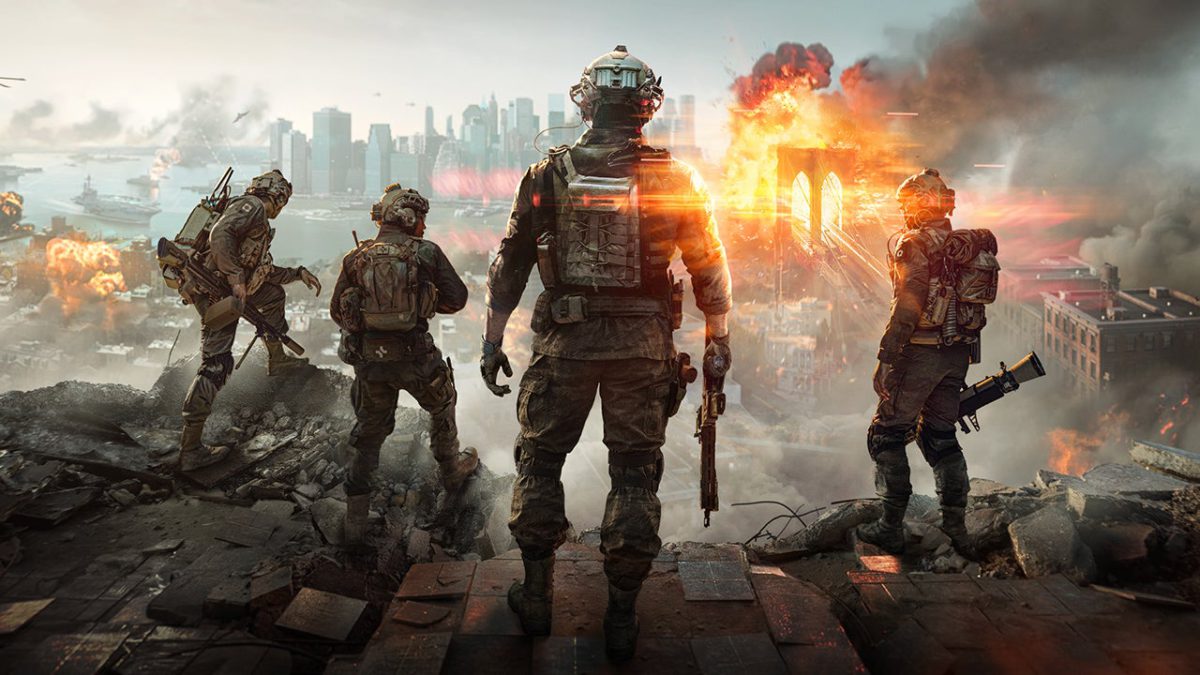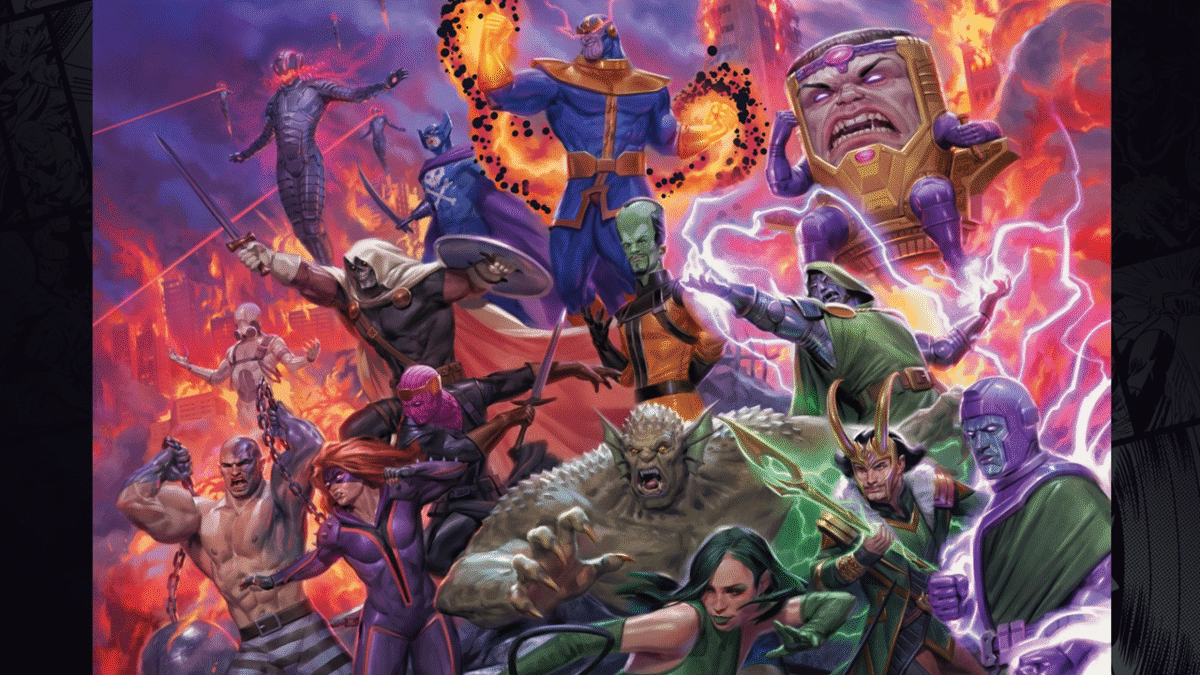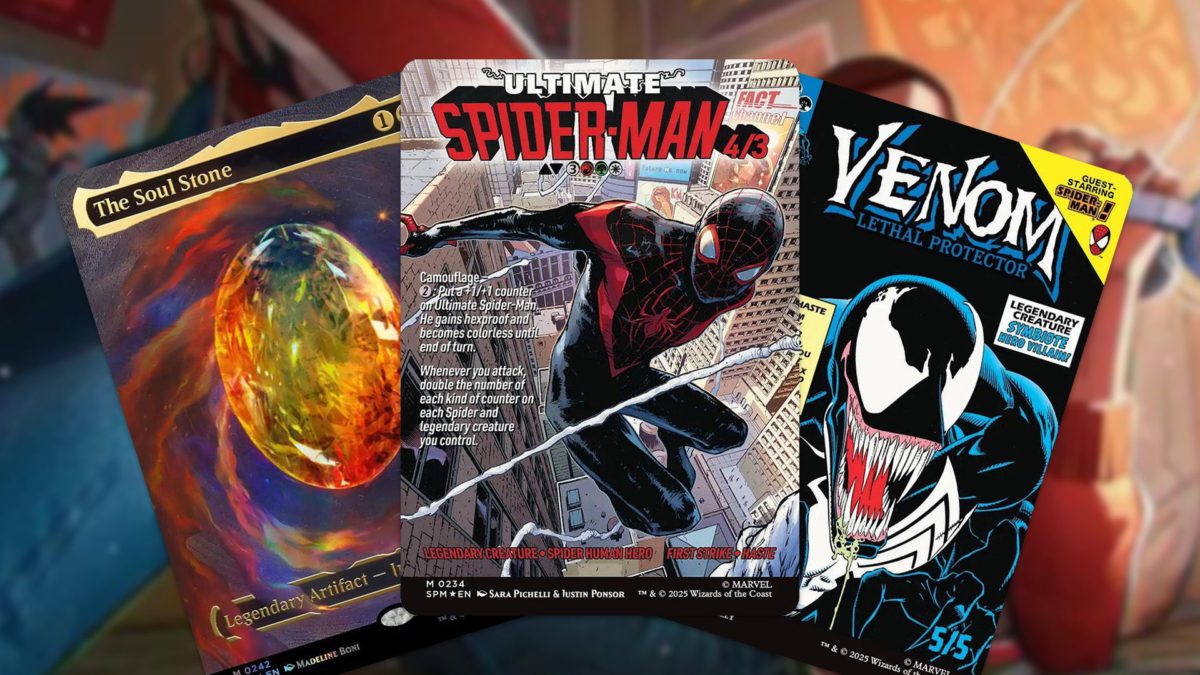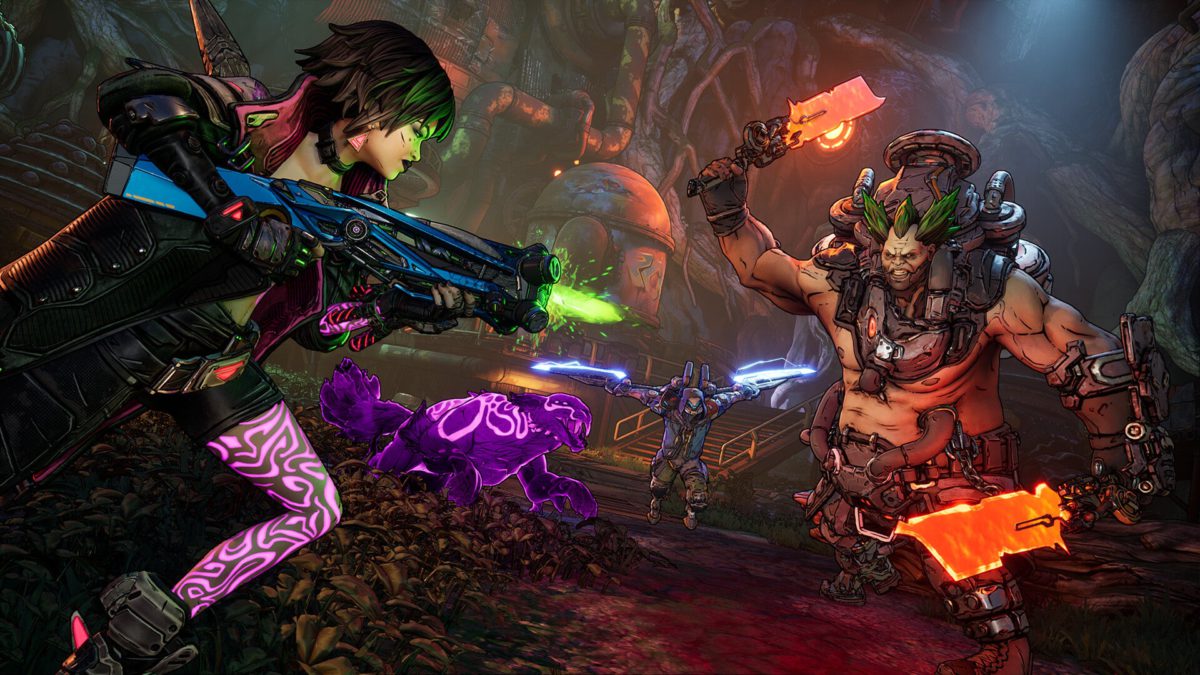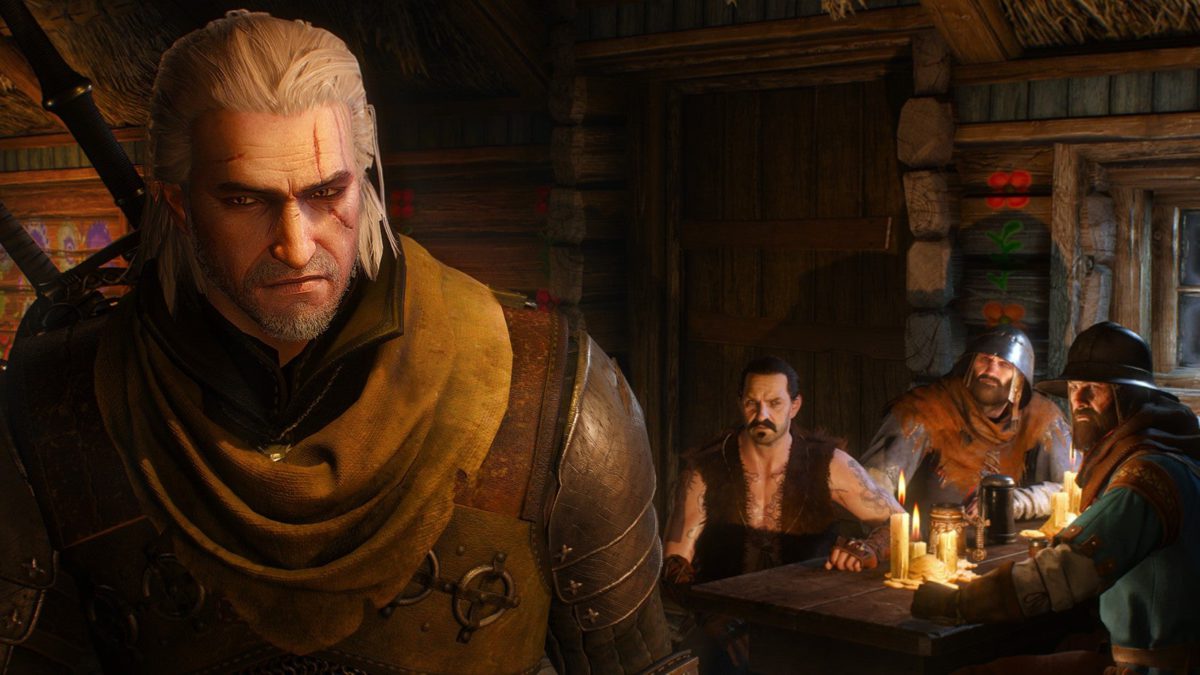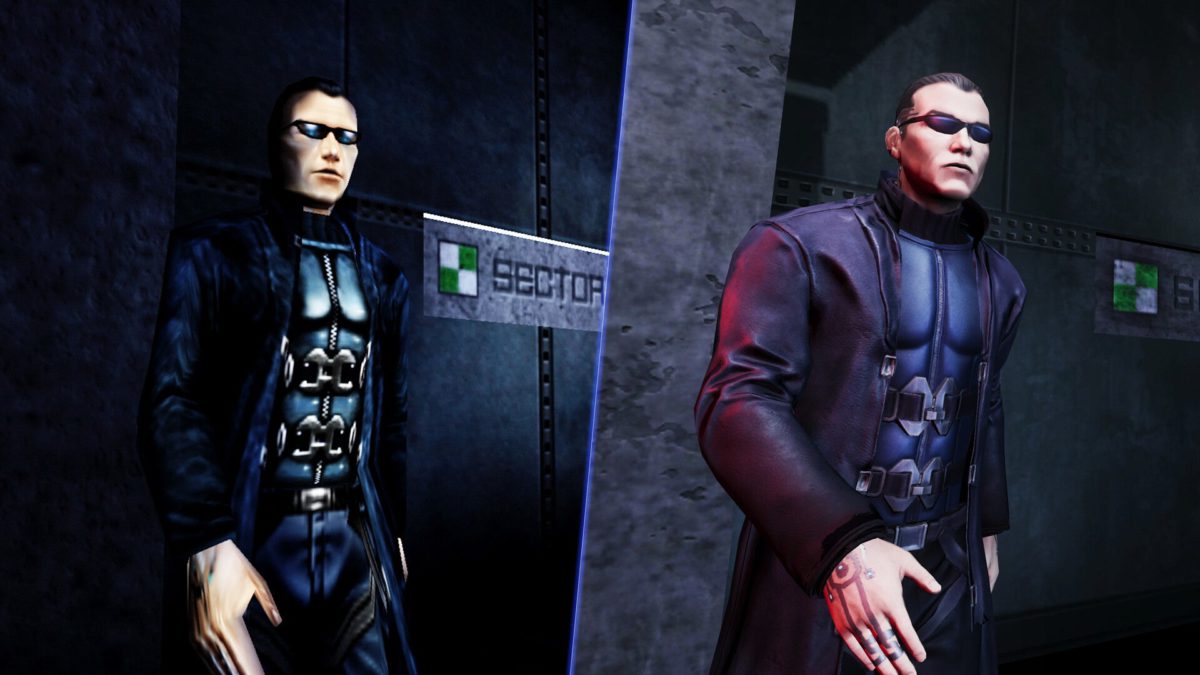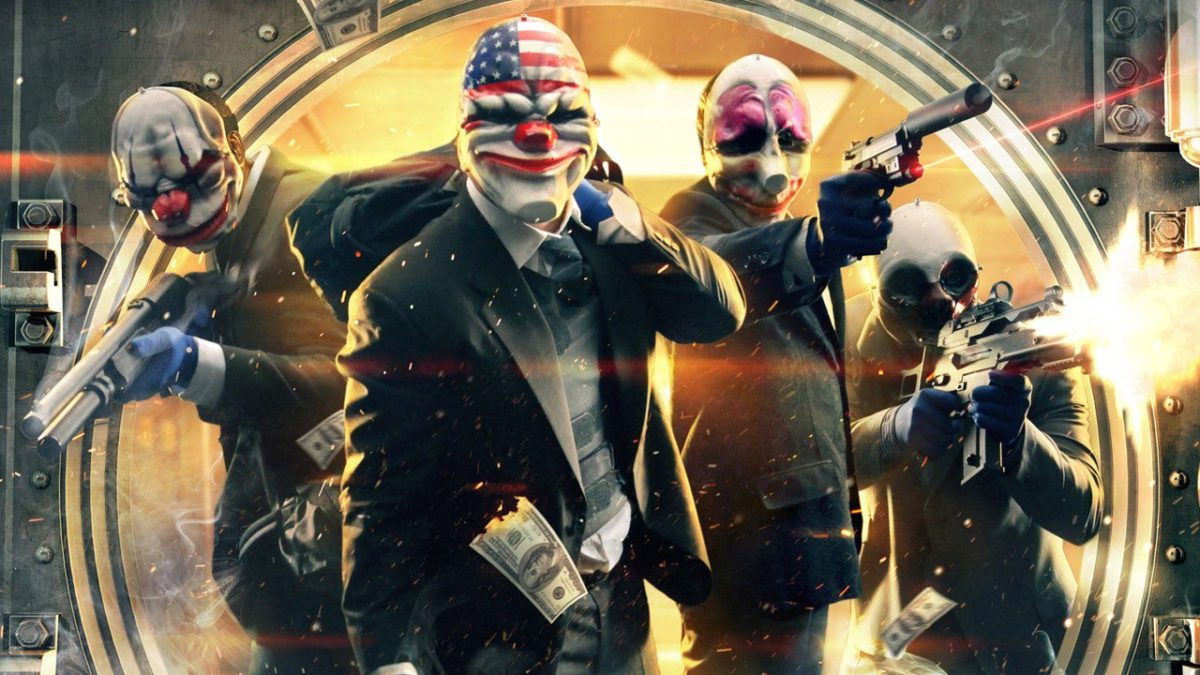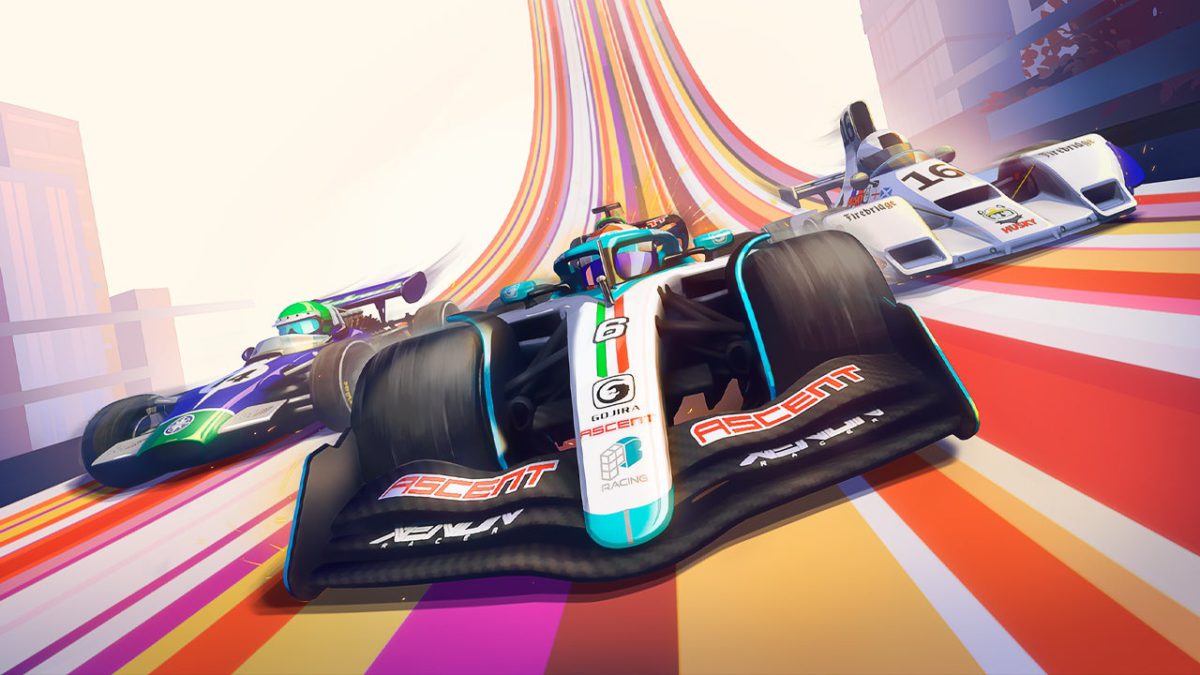
EA is reportedly closing in on a $50 billion deal to go private in what could become the biggest leveraged buyout of all time.
Details on what could be a monumental shift for the Madden and Battlefield publisher come from a Wall Street Journal report. The site’s sources say investors include private-equity firm Silver Lake and Saudi Arabia’s Public Investment Fund (PIF). Affinity Partners, an investment firm led by Donald Trump’s son-in-law, Jared Kushner, is also said to be in the mix.
Should the alleged deal be made official, an announcement could be made as soon as Monday. EA had a market value of about $43 billion before Wall Street Journal’s story was published. That jumped nearly 15% to around $48 billion since word of a move to go private first arrived.
A $50 billion deal to remove EA from the public stock exchange would be about $18 billion more than the $31.8 billion buyout of Texas power company TXU, which occurred in 2007. Should the EA deal go through, it would likely stand as the largest leveraged buyout of all time (without adjusting for inflation).
PIF’s supposed involvement in the buyout would see Saudi Arabia strengthen its already deep roots in the gaming industry. It currently has a 10% stake in EA, and in 2022, it became one of the largest Nintendo shareholders with 5.01% ownership. Pokémon Go developer Niantic also announced that it had sold its library of games to mobile games maker Scopely, which is controlled by Savvy Games and PIF, earlier this year.
Ubisoft faced backlash after announcing Assassin’s Creed Mirage DLC set in Saudi Arabia last month. The content was announced following a report from French outlet Les Echos, which shared details regarding a deal between the publisher and PIF. Ubisoft employees had also raised concerns about a partnership with the controversial entity, according to GameFile.
Silver Lake, meanwhile, has partial ownership in game engine tech company, Unity. Should the deal with EA go through, it would see PIF, Affinity, and Silver Lake as new owners as EA goes private.
The publisher’s list of recently released games includes a number of EA Sports titles, such as EA Sports FC 26 and Madden NFL 26, as well as Skate. Next month, EA developer DICE will release Battlefield 6, which has been poised a particularly important moment both for the series and the publisher.
IGN has reached out to EA for comment.
Michael Cripe is a freelance writer with IGN. He’s best known for his work at sites like The Pitch, The Escapist, and OnlySP. Be sure to give him a follow on Bluesky (@mikecripe.bsky.social) and Twitter (@MikeCripe).

